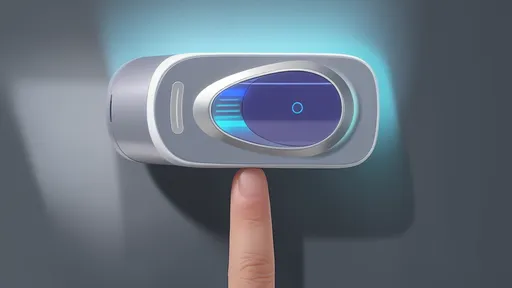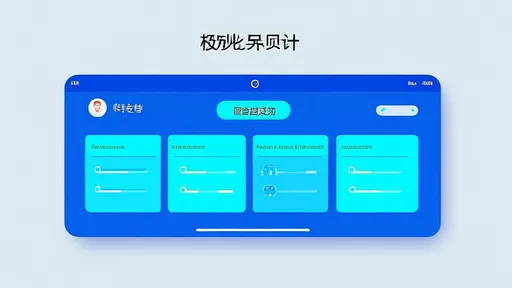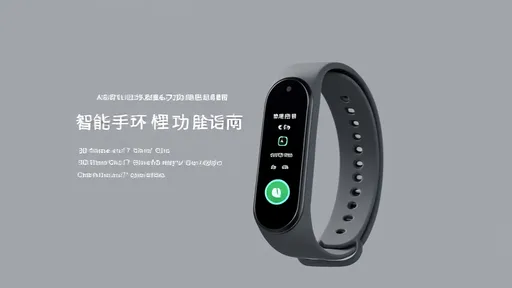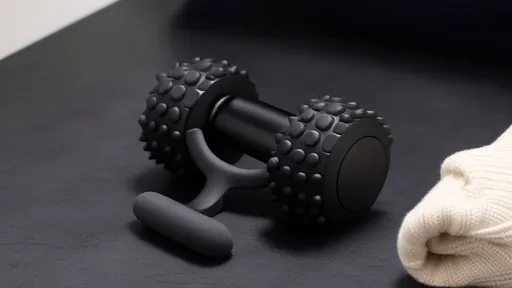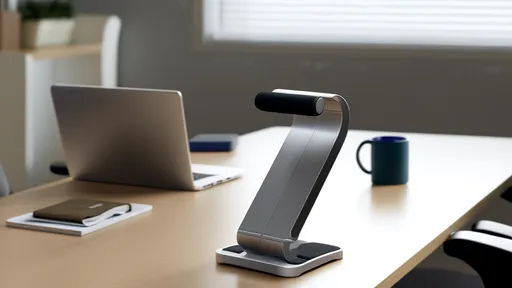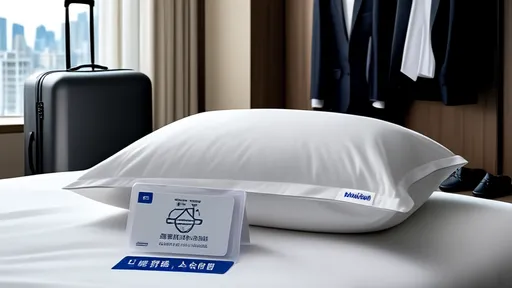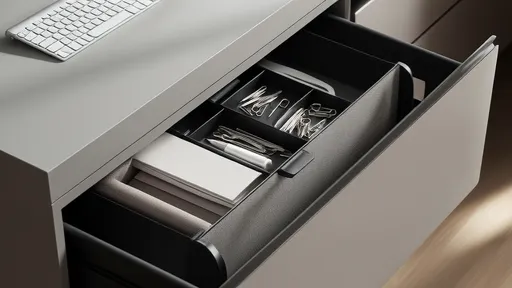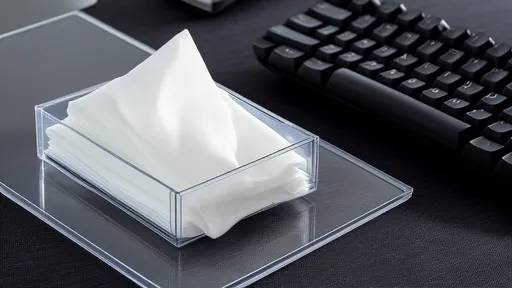The modern pace of life has made fast food an unavoidable part of our dietary landscape. While nutritionists consistently warn about the health consequences of regular fast food consumption, the reality is that most people will find themselves eating these convenient meals more often than they'd like to admit. Rather than moralizing about avoidance, a more practical approach focuses on mitigation - how to nutritionally rescue your body after fast food consumption.
The Physiology of Fast Food Damage
Before discussing remediation strategies, it's important to understand what exactly makes fast food so problematic from a nutritional standpoint. These meals typically deliver what scientists call "the triple threat" - excessive sodium, unhealthy fats, and refined carbohydrates all working in concert to create metabolic chaos. The average fast food meal can contain more than a day's worth of sodium, flooding your system with electrolytes that disrupt fluid balance and strain renal function. Meanwhile, the combination of saturated fats and simple sugars creates what researchers describe as "metabolic confusion" - sending mixed signals to your pancreas and liver that can lead to insulin resistance over time.
Perhaps most insidious is what fast food doesn't contain - the micronutrients, fiber, and antioxidants that form the foundation of cellular repair and metabolic regulation. This nutritional void means your body must draw from its own reserves to process these empty calories, essentially creating internal nutrient debt. The inflammatory response triggered by these meals can linger for hours after consumption, which explains why people often report feeling sluggish or mentally foggy following fast food meals.
Immediate Post-Meal Interventions
The first critical window for nutritional damage control occurs within 60 minutes of finishing your fast food meal. This is when your digestive system begins the heavy lifting of breaking down and assimilating the meal's components. Strategic intervention at this stage can significantly blunt the negative impacts. Hydration emerges as the first line of defense - but not just any hydration. Alkaline water or water with lemon can help counteract the acid load from processed foods. Herbal teas, particularly those containing ginger or dandelion, support liver function and stimulate bile production to help metabolize fats.
Movement constitutes another powerful immediate intervention. While intense exercise right after eating isn't advisable, gentle movement like a 15-minute walk can improve glycemic control by enhancing insulin sensitivity. This simple practice has been shown in studies to reduce the blood sugar spike from high-carb meals by as much as 30%. The mechanical action of walking also stimulates lymphatic drainage, helping your body process the inflammatory byproducts of processed foods.
The 24-Hour Recovery Protocol
The day following fast food consumption presents a golden opportunity to reset your metabolic balance. This isn't about deprivation or extreme fasting, but rather strategic nourishment. Emphasizing foods rich in potassium helps counteract sodium overload - think leafy greens, avocados, and bananas. Cruciferous vegetables like broccoli and Brussels sprouts provide sulfur compounds that support the liver's detoxification pathways. The fiber in these foods also helps bind and eliminate excess cholesterol consumed in the meal.
Timing your meals the next day can amplify recovery. Allowing 12-14 hours between your last meal of the day and breakfast gives your digestive system the rest it needs to complete its processing cycle. This overnight fasting period enables autophagy - the cellular cleanup process where your body breaks down and recycles damaged components. Breaking your fast with a protein-rich meal helps stabilize blood sugar and provides amino acids for tissue repair.
Long-Term Nutritional Rehabilitation
While immediate interventions matter, the true test comes in the days and weeks following fast food consumption. The goal shifts from damage control to systemic rehabilitation. This involves deliberately incorporating what nutritionists call "nutrient-dense" foods - those that provide maximum nutritional value per calorie. Wild-caught fish, pasture-raised eggs, and organic berries represent examples of foods that deliver concentrated nutrition to help replenish what fast food lacks.
Gut microbiome restoration becomes particularly important after fast food consumption. The emulsifiers and preservatives in many fast food items can disrupt the delicate balance of intestinal bacteria. Fermented foods like kefir, sauerkraut, and kimchi introduce beneficial probiotics, while prebiotic fibers from onions, garlic, and asparagus feed existing good bacteria. This microbial rehabilitation can help restore proper nutrient absorption and reduce systemic inflammation.
Behavioral Strategies for Sustainable Change
Beyond specific food interventions, successful fast food recovery involves addressing the behavioral patterns that lead to fast food consumption in the first place. Meal prepping emerges as one of the most effective strategies - having healthy, convenient alternatives available reduces reliance on drive-thrus when time is short. Keeping "emergency snacks" like nuts or protein bars in your car or bag can prevent desperate fast food stops when hunger strikes unexpectedly.
Mindful eating practices can also help break the cycle of fast food dependence. Taking just five minutes before eating to assess true hunger levels, or pausing halfway through meals to check fullness cues, creates space for better decisions. Many people find that keeping a food journal increases awareness of patterns and triggers for fast food consumption.
The Psychological Component
It's important to acknowledge that fast food cravings often stem from emotional needs as much as physical hunger. The combination of fat, sugar, and salt in these foods triggers dopamine release, creating a temporary mood boost. Developing alternative coping mechanisms for stress or emotional distress can reduce reliance on fast food as comfort. Simple practices like deep breathing, short walks, or calling a friend can fulfill the same emotional needs without the nutritional consequences.
Self-compassion plays a surprising role in nutritional recovery. Research shows that people who respond to dietary slip-ups with understanding rather than self-criticism are more successful at getting back on track. Viewing fast food consumption as an occasional data point in an otherwise healthy pattern, rather than a catastrophic failure, supports long-term nutritional resilience.
Environmental Adjustments for Lasting Success
Finally, creating an environment that supports healthy choices makes nutritional recovery more sustainable. This might involve simple changes like keeping a fruit bowl visible on your countertop or storing healthy foods at eye level in the fridge. Unsubscribing from fast food promotional emails removes temptation, while following social media accounts that share quick healthy recipes provides inspiration.
Workplace strategies matter too - keeping healthy snacks at your desk or researching nearby restaurants with better options prepares you for busy days when eating out becomes necessary. Many people find that investing in quality food storage containers makes bringing meals from home more appealing. These environmental tweaks create what behavioral scientists call "choice architecture" - structuring your surroundings to make the healthy choice the easy choice.
The reality of modern life means fast food will likely remain an occasional part of most people's diets. By implementing these nutritional rescue strategies, you can enjoy the convenience when needed while minimizing the health impacts. The goal isn't perfection, but rather developing the knowledge and tools to bounce back effectively when life demands a fast food meal.
Pulse oximeters have become indispensable tools in modern healthcare, particularly in monitoring oxygen saturation levels non-invasively. However, one common challenge users face is nail interference, which can skew readings and lead to inaccurate results. Understanding how to mitigate this issue is crucial for both medical professionals and individuals relying on these devices for health monitoring.
The pharmaceutical industry has undergone significant transformations in recent years, with one of the most notable advancements being the implementation of drug traceability systems. These systems, often centered around unique identification codes known as drug traceability codes, have become a cornerstone in ensuring the safety, authenticity, and transparency of pharmaceutical products. The ability to track a drug's journey from manufacturing to consumption has not only bolstered consumer confidence but also streamlined regulatory compliance and supply chain management.
The rise of digital healthcare credentials has brought unprecedented convenience to patients worldwide, but it has also opened new avenues for fraudsters. Electronic medical insurance certificates, designed to streamline access to healthcare services, have become a prime target for sophisticated cybercriminals. This phenomenon isn't isolated to any particular region—from Beijing to Boston, healthcare systems are witnessing an alarming increase in digital credential theft.
The rise of telemedicine has transformed how patients access healthcare, with online consultations becoming increasingly common. One critical aspect of virtual visits that often goes overlooked is the quality of medical photos patients submit. Clear, well-composed images can make the difference between an accurate remote diagnosis and unnecessary follow-up appointments. As patients take more responsibility for documenting their health concerns through photography, mastering a few fundamental techniques becomes essential.
The growing reliance on health apps has brought privacy and security concerns to the forefront. As these applications collect sensitive data—ranging from heart rate and sleep patterns to medical history and GPS locations—users and regulators alike are questioning how this information is managed. The permissions granted to health apps often determine the extent of data access, making it crucial to establish robust strategies for permission management.
In today’s fast-paced world, many of us find ourselves glued to our desks for hours on end, often losing track of time until stiffness or discomfort sets in. Sedentary behavior has become a silent health hazard, linked to a range of issues from poor posture to increased risk of chronic diseases. Fortunately, wearable technology like fitness bands has stepped in to combat this modern-day problem. One of the most valuable features these devices offer is the sedentary reminder—a gentle nudge to get up and move. But simply enabling the feature isn’t enough; understanding how to optimize its settings can make the difference between a helpful tool and an ignored alert.
The modern pace of life has made fast food an unavoidable part of our dietary landscape. While nutritionists consistently warn about the health consequences of regular fast food consumption, the reality is that most people will find themselves eating these convenient meals more often than they'd like to admit. Rather than moralizing about avoidance, a more practical approach focuses on mitigation - how to nutritionally rescue your body after fast food consumption.
In our screen-dominated world, eye fatigue has become an epidemic. The constant glare from digital devices leaves millions rubbing their temples and squinting through blurred vision. While artificial tears and blue light glasses offer temporary relief, traditional Chinese medicine presents an intriguing alternative – acupressure for eye strain. This ancient healing art teaches that strategic finger pressure along meridian pathways can dissolve tension, improve circulation, and restore visual clarity without medications.
Air-conditioned rooms provide comfort during hot weather, but they often come with an unintended side effect: dry nasal passages. The constant circulation of cooled air tends to strip moisture from the environment, leaving many people struggling with irritation, congestion, or even nosebleeds. Understanding how to maintain nasal hydration in such conditions is essential for both comfort and health.
For those who spend long hours sitting at a desk or in front of a computer, the struggle with stiff calves and poor circulation is all too real. The modern sedentary lifestyle has given rise to a generation of "desk-bound professionals" who often neglect the importance of movement. Enter the calf massage roller—a simple yet effective tool designed to alleviate tension, improve blood flow, and restore mobility to overworked lower legs.
In today's fast-paced corporate environment, telephone conferences have become an indispensable part of daily work routines. However, the prolonged hours spent hunched over phones or laptops during these virtual meetings have given rise to a silent epidemic: chronic neck and shoulder pain. As awareness grows about the physical toll of our digital work habits, a new category of ergonomic solutions has emerged – the telephone conference neck support brace.
Business travel often comes with its own set of challenges, and one of the most overlooked yet critical aspects is the quality of sleep. Hotels, aware of this, have started paying closer attention to their pillow offerings. The way hotels handle pillows can significantly impact a guest's experience, and many are now adopting innovative approaches to ensure comfort and hygiene.
Afternoon tea is a beloved ritual for many, offering a moment of respite in the midst of a busy day. However, traditional afternoon tea spreads often lean heavily on sugary treats, refined carbohydrates, and calorie-laden snacks. For those seeking a healthier approach without sacrificing flavor or satisfaction, there are plenty of nutritious alternatives that can transform this daily indulgence into a nourishing experience.
The modern workplace can be a breeding ground for stress, and often, the state of our physical surroundings mirrors our mental clutter. Nowhere is this more evident than in the humble desk drawer—a microcosm of chaos for many professionals. The concept of drawer decompression organizing isn’t just about tidying up; it’s a tactile form of self-care that bridges the gap between productivity and mental well-being.
In today’s fast-paced digital world, keyboards have become an essential part of our daily lives. Whether at work, school, or home, we rely on them for communication, productivity, and entertainment. However, what many people overlook is the fact that keyboards can harbor a surprising amount of germs and bacteria. Studies have shown that keyboards can be dirtier than toilet seats, making regular cleaning a necessity. One effective and convenient solution for maintaining keyboard hygiene is the use of disinfecting wipes. These wipes are specially designed to clean and sanitize surfaces without causing damage, making them ideal for electronic devices.
